John Yeates and Margaretta Brettargh
John Yeates (formerly Richards)
John Yeates was born on 30 May 1796 in Kendal, Westmorland, England and baptised as John Richards. He changed his name in later life as a condition of benefitting from the will of Anthony Yeates, his guardian. His father, who was also called John Richards was from Llanbadarn Fawr, near Aberystwyth. He was originally a Ship’s Surgeon but became a ship’s captain in the slave trade sailing out of Liverpool. To avoid confusion I will refer to John Richards, father and son, as Senior and Junior.
John Richards Senior married Jane Yeates in St Anne’s Liverpool on 27 February 1794. Jane came from Kendal and Old Hutton in Westmorland. Sadly, John Richards Senior died on his second voyage as the Captain of the Slave Ship Brookes and was buried in Kingston, Jamaica in 1798. His son, John Richards Junior, would have only been two years old, when his father died. Jane Yeates and her son John returned to Kendal in Westmorland and lived with her uncle, Anthony Yeates 1744-1837, who was a wealthy business man in the leather tanning industry in Kendal.
Margaretta Brettargh
“Madge” Brettargh as she was known within the family was born in Liverpool, England on 6 August 1802, the eldest daughter of William Brettargh and Margaret Kendall. John Richards and Madge Brettargh traced the earlier history of the Brettargh Family of Liverpool and this story can be read here.
The Brettargh family were an old armorial family whose family pedigree has been authenticated by the College of Arms back to the twelfth century. The history of the Brettargh family has also been documented in an article in the Journal of the Historic Society of Lancs and Cheshire Vol 88 (1939) by R Stewart Brown MA FSA entitled “The Brettarghs of Brettargh Holt”.
Brettargh Holt was the ancestral seat of the Brettargh family. It has now been demolished, but it was located in what is now the Childwall area of Liverpool. All Saints Parish Church in Childwall contains many memorials and graves of the Brettargh family.
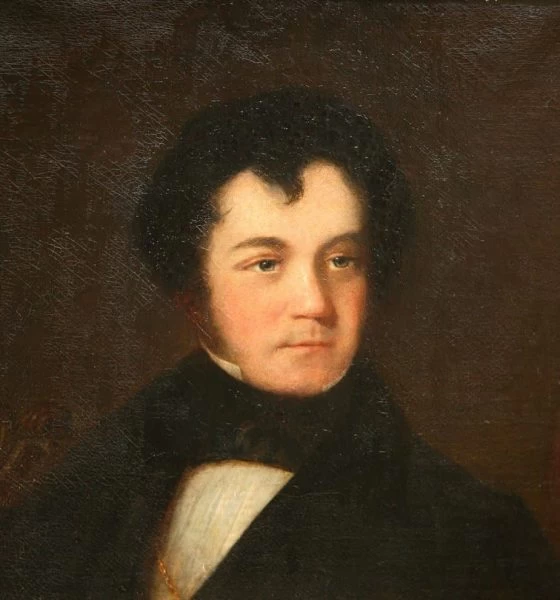
John Richards Junior
John Richards Junior, having been brought up by his great uncle Anthony Yeates in Kendal, married Margaretta Brettargh at St Benet Fink Church in Gracechurch Street, London on 6 August 1825, Madge’s 23rd birthday. The seventeenth century building in which they were married was demolished in 1844.
Between 1826 and 1836 John and Madge raised six children at their home in Park Head, Levens near Heversham in Westmorland. Two of their children died in childhood. Their seventh child, and our ancestor, George Henry Brettargh Yeates was born in Frankfurt am Main, Germany on 24 July 1841, only six years before the death of both his parents. There is a separate page on the history of George Yeates and Beatrice Boulger. It should be said, however, that recent ancestral DNA testing provides circumstantial evidence that George Yeates might have been an adopted child of John and Madge Richards.
John Richards Junior, was elected Mayor of Kendal in 1836 and was the first Mayor elected after the Reform Act. The painting of John Richards on the left was commissioned ty the Kendal Town Council and hangs in the Town Hall.
Jane Yeates
The painting opposite has been dated to approximately 1800. The subject of the painting is not known, but it is believed to be Jane Yeates, John Richards Junior’s mother. The child in the picture appears to have been added at a later date and is considered to be painted by a different artist.
Jane Yeates died in Kirk Maughold in the Isle of Man on 24 March 1830.
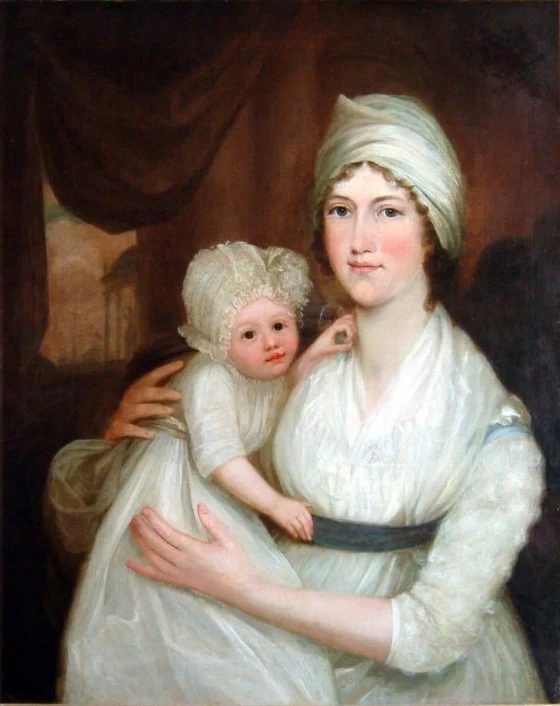
The Slave Trade
The Slave Trade, sometimes referred to as the triangular trade, due to the three legged voyages undertaken by the ships. The ships departed from Liverpool laden with local goods, most probably cotton goods from the Lancashire mills. They sailed to West Africa where they sold the cotton in order to buy slaves, who were then transported across the Atlantic to the Caribbean, where they were sold. Sugar was purchased from the proceeds of the sale, which was then transported back to Liverpool.
British Slave Ship Brookes
The illustration opposite shows the stowage plan for the slaves being transported to Jamaica. It defies belief that slaves could be chained side by side like sardines for the duration of the crossing.
This poster had such an apalling effect on the public that it was adopted and used as publicity by the anti slavery movement. Mercifully, by 1807 the slave trade had been banned in the UK.
More information about the Slave Trade Abolitionist Movement can be found at the Royal Museums Greenwich website. Every year on 23 August, the National Maritime Museum commemorates International Slavery Remembrance Day, featuring a day of talks, workshops and performances exploring the transatlantic slave trade and its legacies.
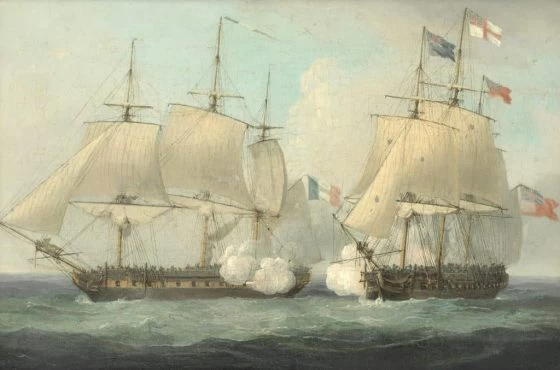
HMS Clorinde
John Richards Junior served in the Royal Navy and his first posting was on board the Clorinde. The Clorinde was a French frigate of 40 guns which had been captured by the British in 1814. It was orginally called HMS Clorinde, but was later renamed HMS Aurora.
John Richards sailed on HMS Clorinde to the eastern Mediterranean in accompanying HRH the Princess of Wales.
He also sailed to the Falkland Islands in 1820, 1821.
John Richards Diary 1843
We have no birth certificate for Madge Brettargh, but John Richards’ diary for August 6th Sunday 1843, provides circumstantial evidence of her birth on 6 August 1802 and their marriage on 6 August 1825. For convenience I have transcribed his diary entry below.
“August 6th Sunday. My wife’s birthday and our wedding day, 41 years of age and eighteen years married, mother of seven children, five living and two gone, I trust, to heaven and happiness. It was a hard trial to leave them for they were good children. But every day that passes shortens the period of our separation. May each succeeding year teach us the increasing value of a decreasing time, so that when the day comes that we are to render the body to the earth and the spirit to the God who gave it, we may now be altogether.”
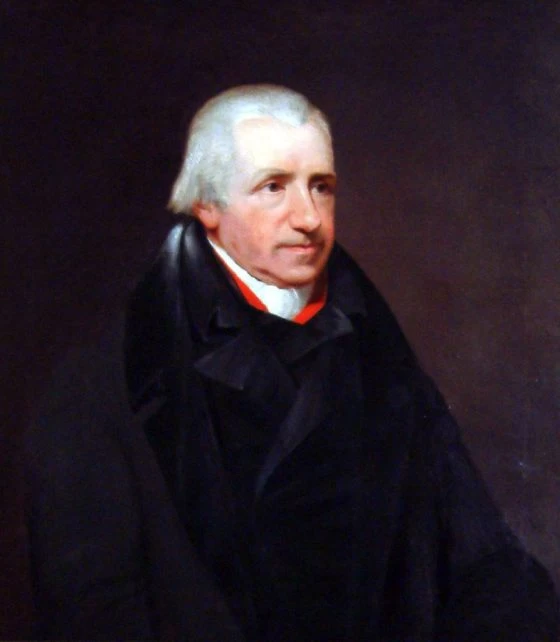
Anthony Yeates 1744 – 1837
Anthony Yeates was the guardian of John Richards Junior, and with whom he lived at his home in Kirkland, Kendal. He is generally regarded as the patriarch of the various branches of the Yeates family, largely on account of the fact that he lived to the grand old age of 93 at a time when the average male life expectancy was about 40. There is no doubt that he built a successful leather tanning business on the back of hard work, but he also outlived most of his siblings and relatives and seems to have inherited well from his family, to the extent that by the time of his death he was a wealthy man.
His considerable fortune was shared between two nephews, Robert Henry Machel Michaelson and John Richards Junior on condition that they adopt the name and Arms of Yeates.
The Yeates family of Old Hutton
Anthony Yeates was born at the farmhouse of Hood Ridding in Old Hutton near Kendal. He was part of a large extended family, some of which are commemorated in the plaque opposite which can be seen in the church at Old Hutton.
It is clear from tha ages on this plaque that longevity was an inherited condition of the Yeates family. Most of the Yeates family are buried by the entrance door to Holy Trinity Church, Kendal.
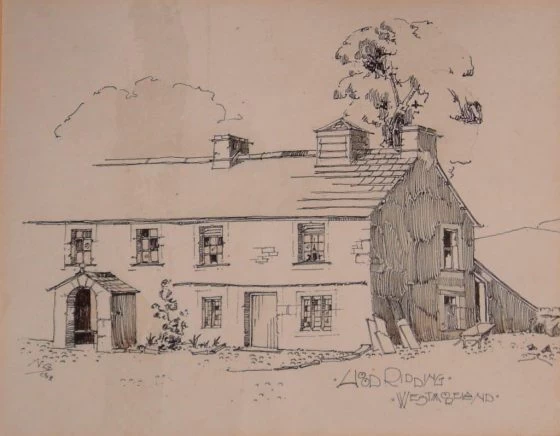
Hood Ridding Farm, Old Hutton
There is still a farmhouse at Hood Ridding, but it is not the farmhouse where Anthony Yeates would have lived. This was demolished in the early twentieth century. Fortunately, the owner of Hood Ridding allowed me to photograph a sketch of the old farmhouse before it was demolished, for which I am very grateul.
It gives us an insight into the early lives of the Yeates family.
Map of Kendal 1833
The map opposite shows the layout of Kendal in 1833, shortly before Anthony Yeates’ death. He lived in the property just across the road from the Holy Trinity Church, and this is also where John Richards Junior spent his early years.
Anthony Yeates was also a friend and neighbour of the artist George Romney RA, before Romney moved to London.
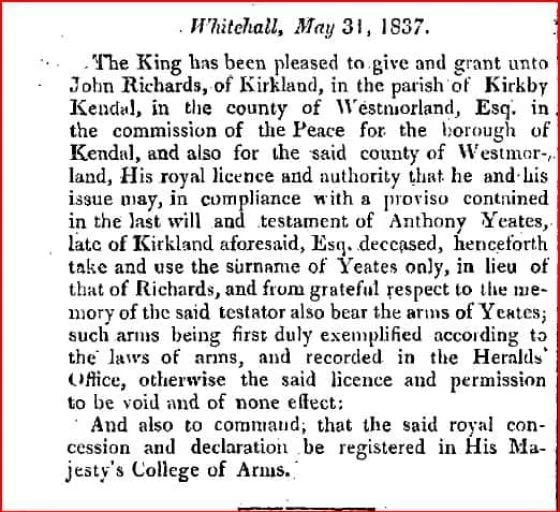
John Richards becomes John Yeates
In accordance with the requirements of the will of Anthony Yeates, John Richards Junior duly petitioned the King, William IV, in what must have been his dying days to change his family name to Yeates, and to adopt the arms of Yeates. This was granted on May 31 1837.
His six children had all been born and christened with the surname Richards, so this led to a few unusual names to reckon with, like his eldest son John Yeates Yeates. I could write a book about John Yeates Yeates as he kept a daily diary of his time from his enrolment in the Royal Navy at Devonport to his return to civvy street.
He took part in the final Royal Naval action under sail serving aboard HMS Thunderer, 84 gun Ship of the Line, at St Jean d’Acre and the seige of Beirut in Lebanon. The original diaries have been donated to the Cumbria Record Office in Kendal. Maybe someone could take on the challenge of telling this story. Please, someone pick up the challenge, it’s a fascinating story.
Emigration to Frankfurt am Main
The letter opposite was written, but presumably never completed, or sent. It is dated Rye April 26th 1839. I have transcribed the letter below.
Rye April 26th 1839
My dear Proudfoot
You will be surprised to hear from me so far south but now that we have got our liberty there is no saying where we shall stop
He is writing to his friend and solicitor, and the letter seems to suggest that now is he is free from the shackles of Mayor of Kendal he has simply taken his family off on a journey with an unknown destination, which turned out to be Frankfurt am Main.
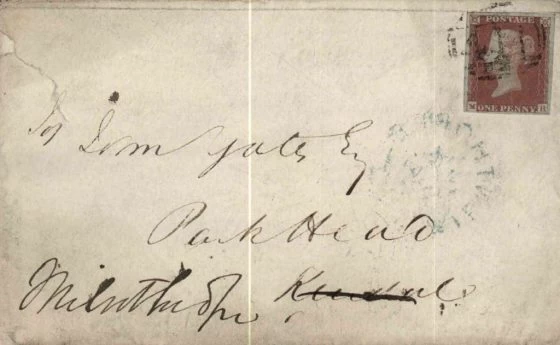
Story
An envelope addressed to John Yeates at Park Head, Levens.
It includes a penny red stamp which must have been just at the beginning of the Postal Service.
Brettargh Holt
In the illustration opposite, Park Head, is located at the bottom of the photo on the right, marked by a purple arrow.
Brettargh Holt is located at the top right marked by a red arrow.
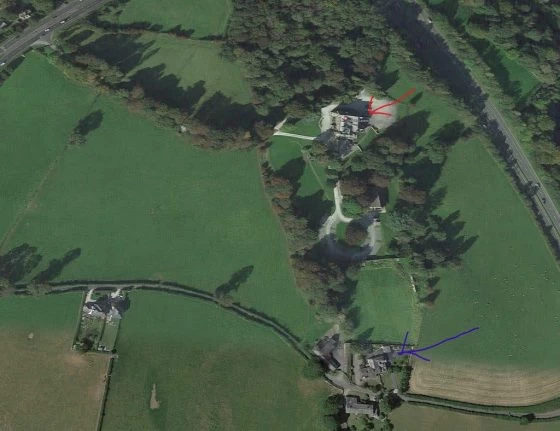
Park Head, Levens
The map opposite shows the 1830 Ordnance Survey Map overlaying contemporary satellite imagery. The opacity of the OS map has been reduced to allow you to see how the map relates to features on the ground today.
You will also note that Brettargh Holt had not yet been built when this map was created, but the map below shows Brettargh Holt on the 1895 OS 25 inch to the mile map.
Brettargh Holt, Levens
Holy Trinity Church, Kendal
After the death of John Yeates and Margaretta Brettargh in 1847, their son George Henry Brettargh Yeates commisioned a stained glass window in their memory in 1865. It is located just inside the entrance door of the church on the right hand side.
There are eight shields incorporated into the design. The simplest is the St. George’s Cross at the very top, whilst the most complex is in the centre. This shield is divided into six sections which relate to the names of Brettargh, Yeates, Toxteth, Ackberg which was in the possession of the Brettarghs in the reigns of Elizabeth and James, and Ives. The Toxteth & Ives connections arise from intermarriage with the Brettarghs.
The left hand panel shows an angel appearing to the centurion Cornelius (Acts 10 v. ff.3) a devout man and one who feared God with all his house, which gave much alms to the people, and prayed to God always.
The right hand panel depicts another centurion beseeching Christ to heal his servant. Christ says of him, (Matthew 8.5) , I have not found so great faith, no, not in all Israel.
The heraldry details are from ‘The Stained Glass Windows of Kendal Parish Church’ by Roy Eaves.
Original Documents
This article has been prepared from the Yeates Family Documents and Diaries, the original copies of these documents have now been donated to the Kendal Record Office and have been made available to the public for viewing or download.
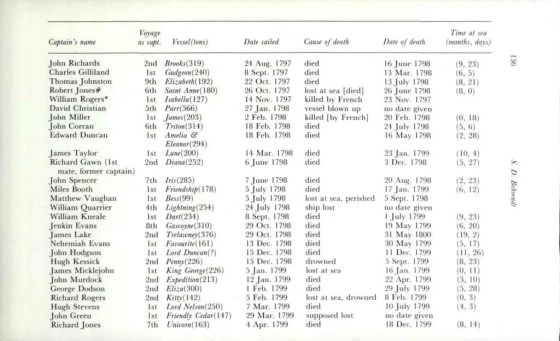
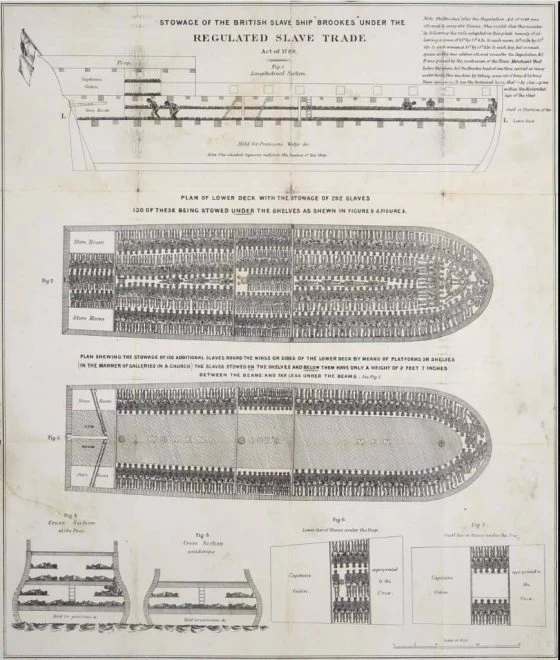
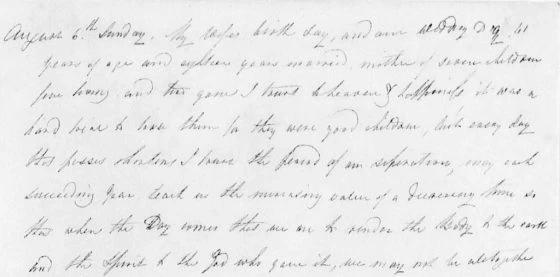
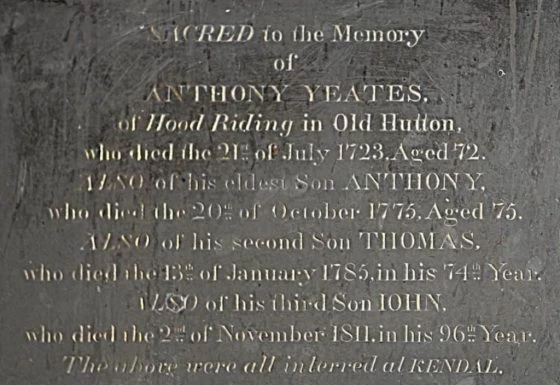
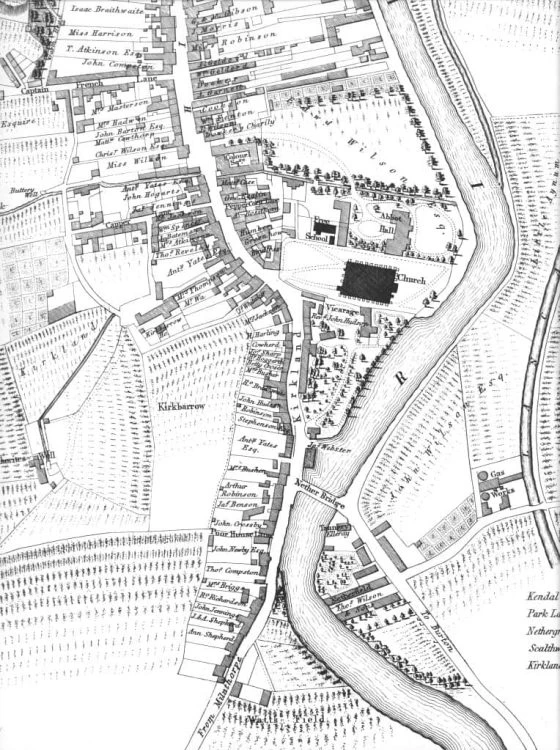
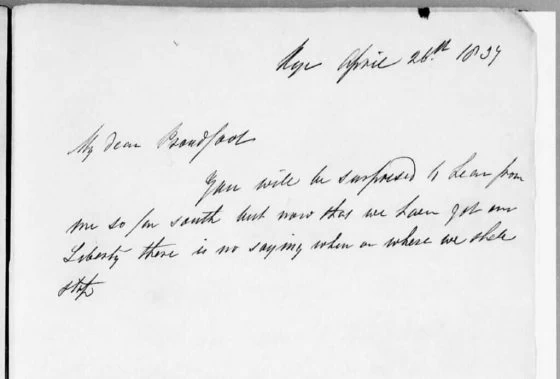
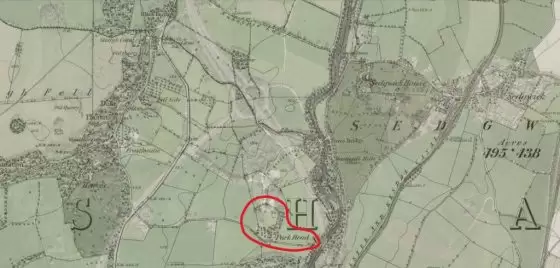
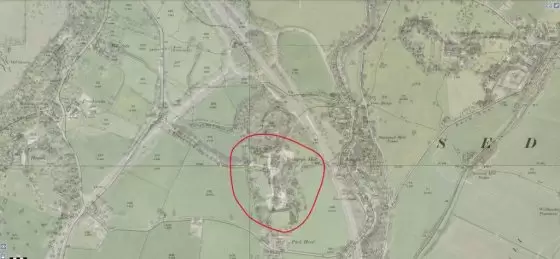
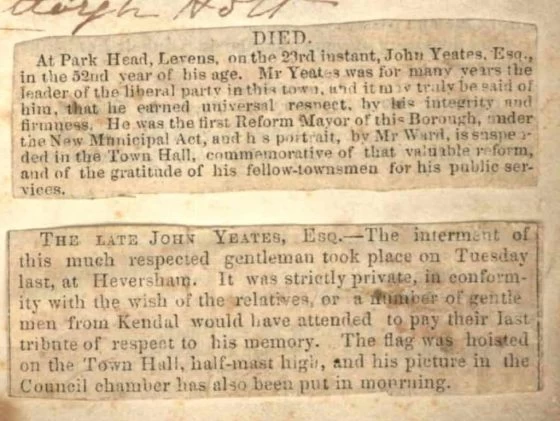
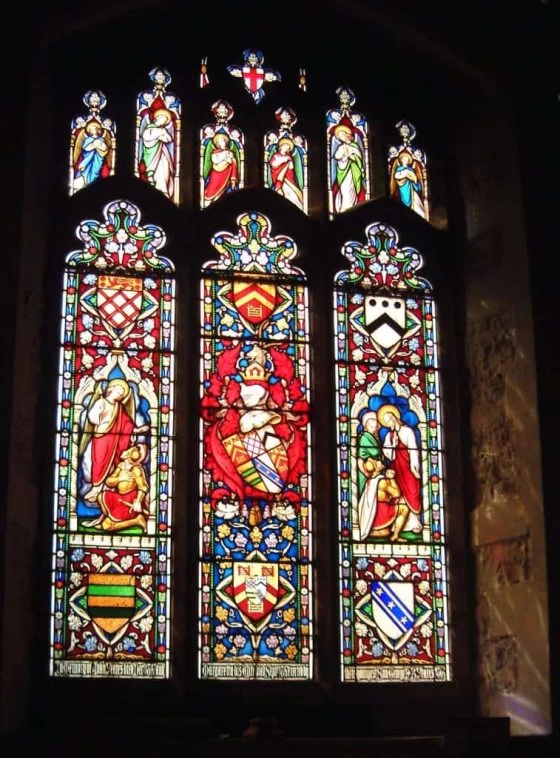
27th September 2023 @ 02:03
Matthew Bell of Kendal born abt 1733 married Agnes Yeates abt 1762 and they produced John Bell born 1764 to 1836. Sadly both parents died young and he brought up by an aunt. He became a lawyer and Queens Council in London 1815. Agnes father William of Beetham Esq. Must be related.
I am searching for my ancestor Margaret Bell of Kendal who married John Carradus in 1782 and born about 1752 buried Holy Trinity Church Kendal with all my Harrison ancestors. I cannot find the birth 1752. Agnes their daughter married John Harrison. I noted the house of Miss Harrison on your map 1833 of Far Cross Bank. So interesting!
Diane Penberthy
27th September 2023 @ 10:38
Diane, I have emailed you a couple of documents. Unfortunately they don’t directly answer your question about Margaret Bell, but they may provide useful background information about the Yeates family. Hopefully, someone who can be more help will read your post and reply. Regards, Ian Thomson